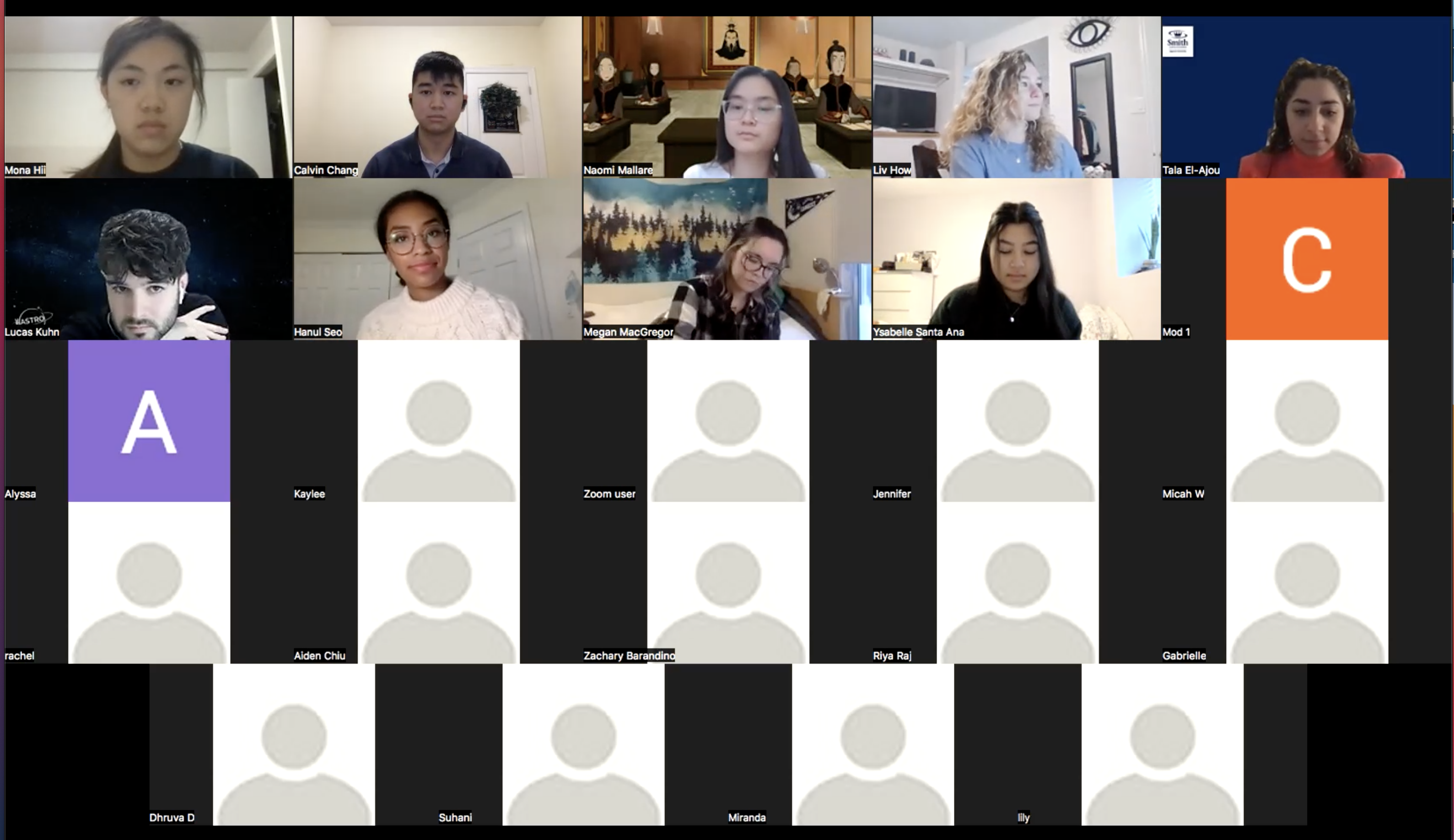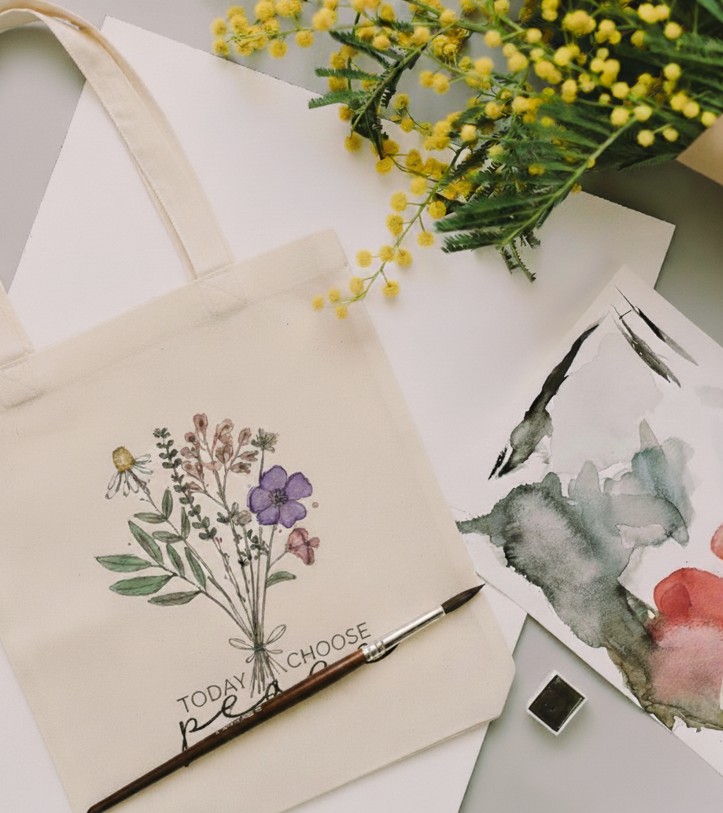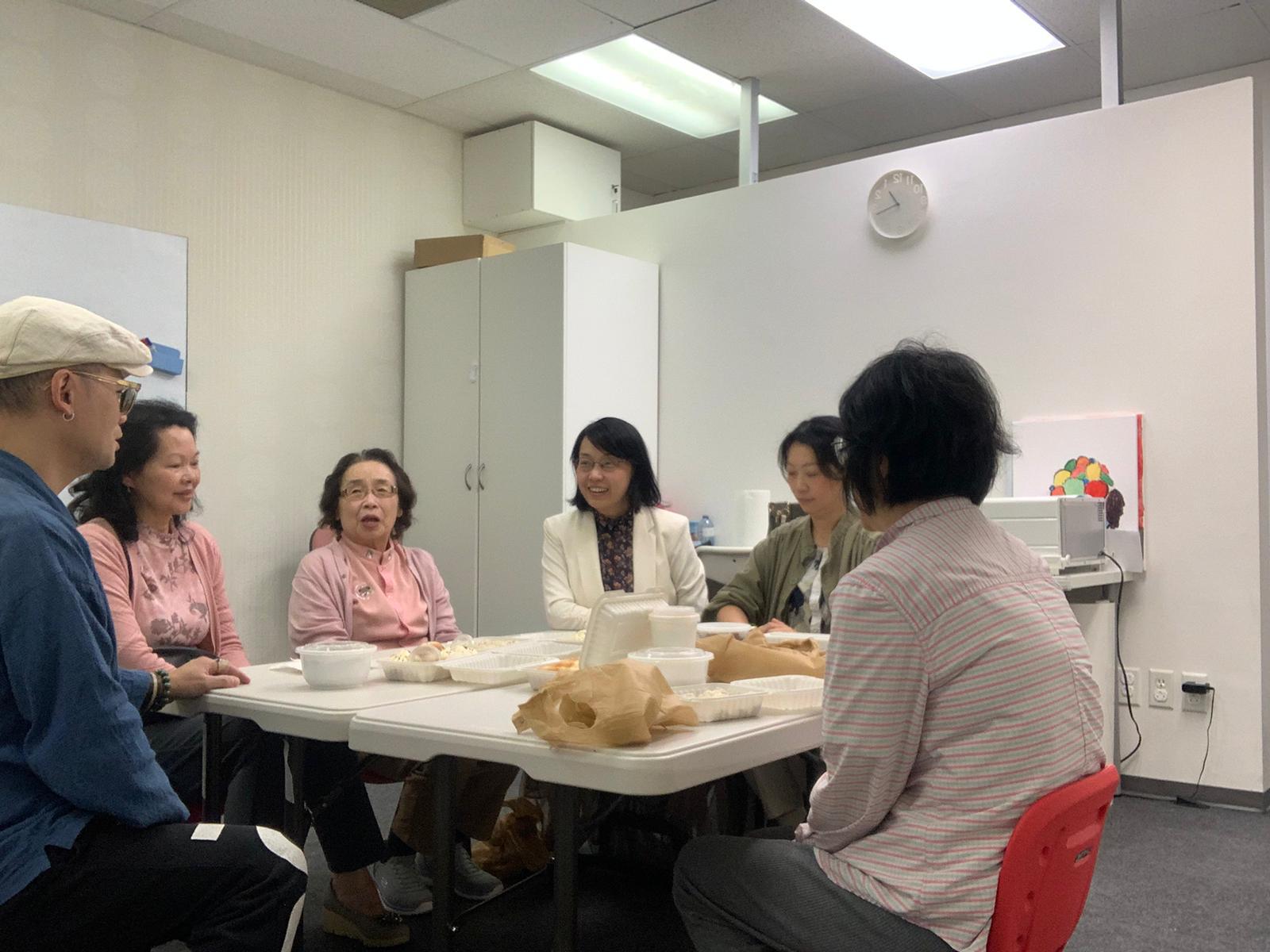The University Experience Panel was inspired by our team’s experiences with transitioning into post-secondary. As a team, we represent 3 different stages of post-secondary life: senior high school student, freshman student, and post-secondary graduate. In each stage, our perception of post-secondary changes. We understand that senior high school students are especially stressed by this challenge, so we wanted to find a way to ease the pressure.
This project first began with a brainstorming our goals and logistics. We used frameworks from successful panels that we witnessed in the past to create event guides, but modified them for online delivery. To recruit panelists, we designed and shared posts on Instagram and Facebook, emailed university clubs and undergraduate coordinators, and contacted volunteer groups. When selecting panelists, we made diversity and inclusivity our highest priority. We selected panelists that not only had a strong desire to help, but also represented diversity in our community. Our six panelists represented minority groups across the Lower Mainland. Moreover, every member had their story to tell—each student came from a unique program across 5 different post-secondary institutions.
When creating this event, we wanted to cater to high school students in Richmond, a suburb with a high immigrant population. Despite growing up in Richmond, our team didn’t have strong community connections, illustrating a barrier that immigrants often experience. However, this difficulty highlighted the true value of collaboration. Although we did not have many personal connections, social media and the internet opened opportunities of outreach. Thus, we reached out to community non-profits, secondary school clubs, high school counselors and teachers and youth leaders. We created events posts and disseminated a promo poster. In the end, we garnered interest from over 65 students and 25 students attended the actual event, a monumental achievement beyond our expectations.
On event day, we kicked off our Zoom event with a one-hour panel discussion. The panelists showed genuine enjoyment with sharing their experiences and transitioned very smoothly off each other’s points. Next came the breakout rooms. We assigned each panelist a group of 5 students. Breakout rooms were a highlight of this event. It created a sense of comfort during discussions that mimicked one-on-one interactions. We ended with a general Q&A.
When reflecting on this event, we consider it a major success. The audience requested contact information from the panelists, planting a seed to a new community connection. This event also enabled us to learn many things. First, we learned how important collaboration is. Our achievements are due to the combined efforts of everyone involved. We also discovered how hands-on learning enables us to realize our shortcomings. When planning our logistics, things that we assumed would work needed to be revised after we did rehearsals. Without putting things into action, we would only find these flaws on the day of the event.
We want to thank the NSG for giving us this opportunity to educate the youth and bring the community closer together!
{Post Image:11}


